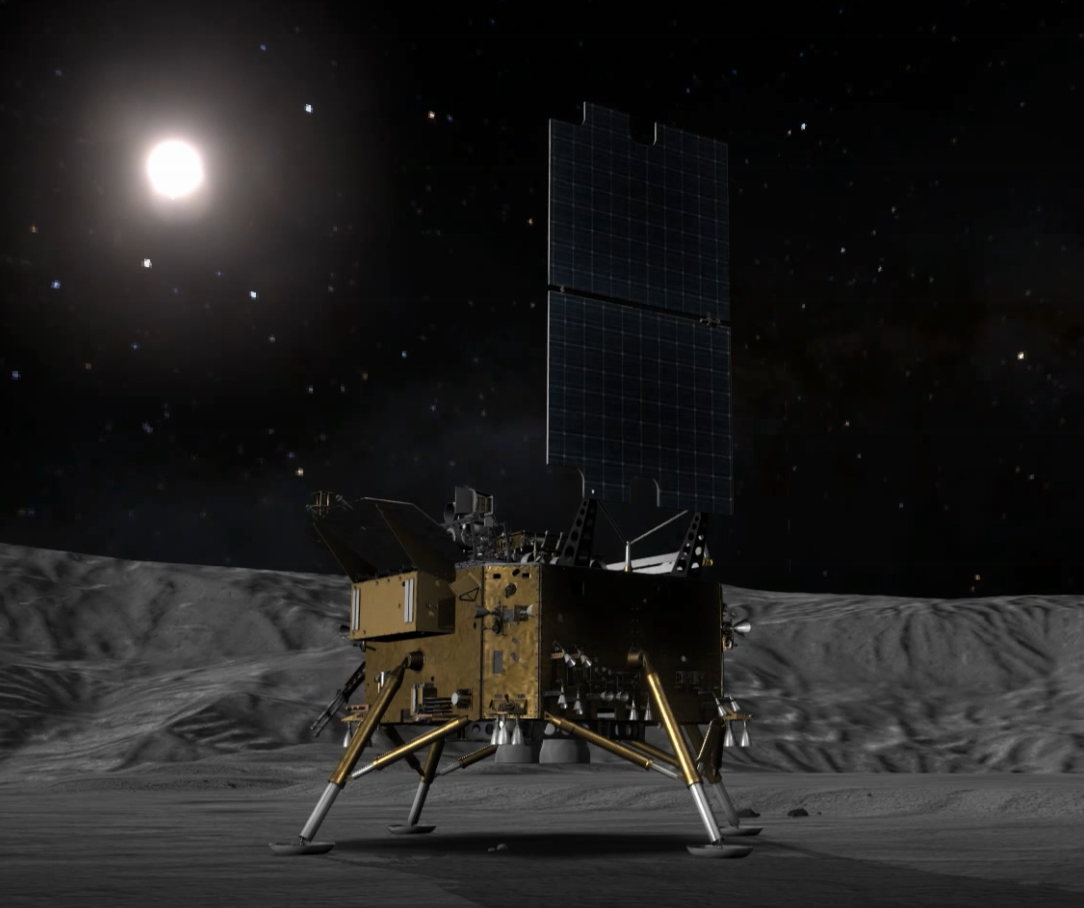BAKU, Azerbaijan — China has laid out details of its planned Chang’e-8 mission to test in-situ resource utilization on the moon, while also opening the project to international cooperation.
Chang’e-8 is slated to launch in 2028 on a Long March 5 rocket from Wenchang spaceport. It will serve as a basis for China’s future, larger-scale International Lunar Research Station (ILRS) project, China National Space Administration (CNSA) officials stated at the 74th International Astronautical Congress in Baku, Oct. 2.
The mission will consist of a lander, rover and robot. Science objectives include investigating the local geology, moon-based Earth observation, analyzing in-situ lunar samples and experimenting with resource utilization. Testing an enclosed terrestrial ecosystem in the lunar environment is also noted.
The mission builds on China’s progress and achievements over the past decade and will verify key technologies for future missions.
Li Guoping, chief engineer at CNSA, announced that China is open to international cooperation for the mission at different levels, from mission, to system and payload-levels.
This was later clarified to include 200 kilograms of payload capacity for piggyback missions. CNSA set a deadline of Dec. 31 for letters of intent, with preliminary and final selections to be completed by April and September 2024 respectively.
Wang Qiong, deputy chief designer of Chang’e-8, provided further details on the mission.
Regions around Leibnitz Beta, Amundsen crater, Cabeus crater and the Shackleton-de Gerlache Ridge are cited as preliminary landing sites. Three of these, including the latter connecting ridge, are being considered for the Artemis 3 crewed landing mission.
The Chang’e-8 lander will carry 10 science payloads with a further four on the rover. The lander will carry landing and topography cameras, a seismometer, moon-based Earth radiometer and multispectral imager, a soft X-ray telescope and other payloads along with the ecosystem and ISRU instruments.
The rover is equipped with 4 scientific payloads. These include a panoramic camera and lunar penetrating radar, as with rovers from the Chang’e-3 and -4 missions. It will also feature an infrared spectrum mineral analyzer and in-situ lunar sample analysis and storage device.
The mission will follow Chang’e-7 in 2026. That mission will also target the lunar south pole. Together with Chang’e-8 these missions will lay the groundwork for the grander ILRS project in the 2030s.
Chang’e-6, a first-ever lunar far side sample return, will launch in the first half of 2024 according to CNSA officials. This will follow the deployment of the Queqiao-2 relay satellite to support the mission.
The ILRS will be constructed using super heavy-lift rocket launches in the 2030s, according to Yu Dengyun, chief designer of the fourth phase of China’s lunar exploration project.
Yu stated that the ILRS would also, in its later utilization phase around 2040, serve as validation of technology and capabilities for a crewed mission to Mars.
Quelle: SN

